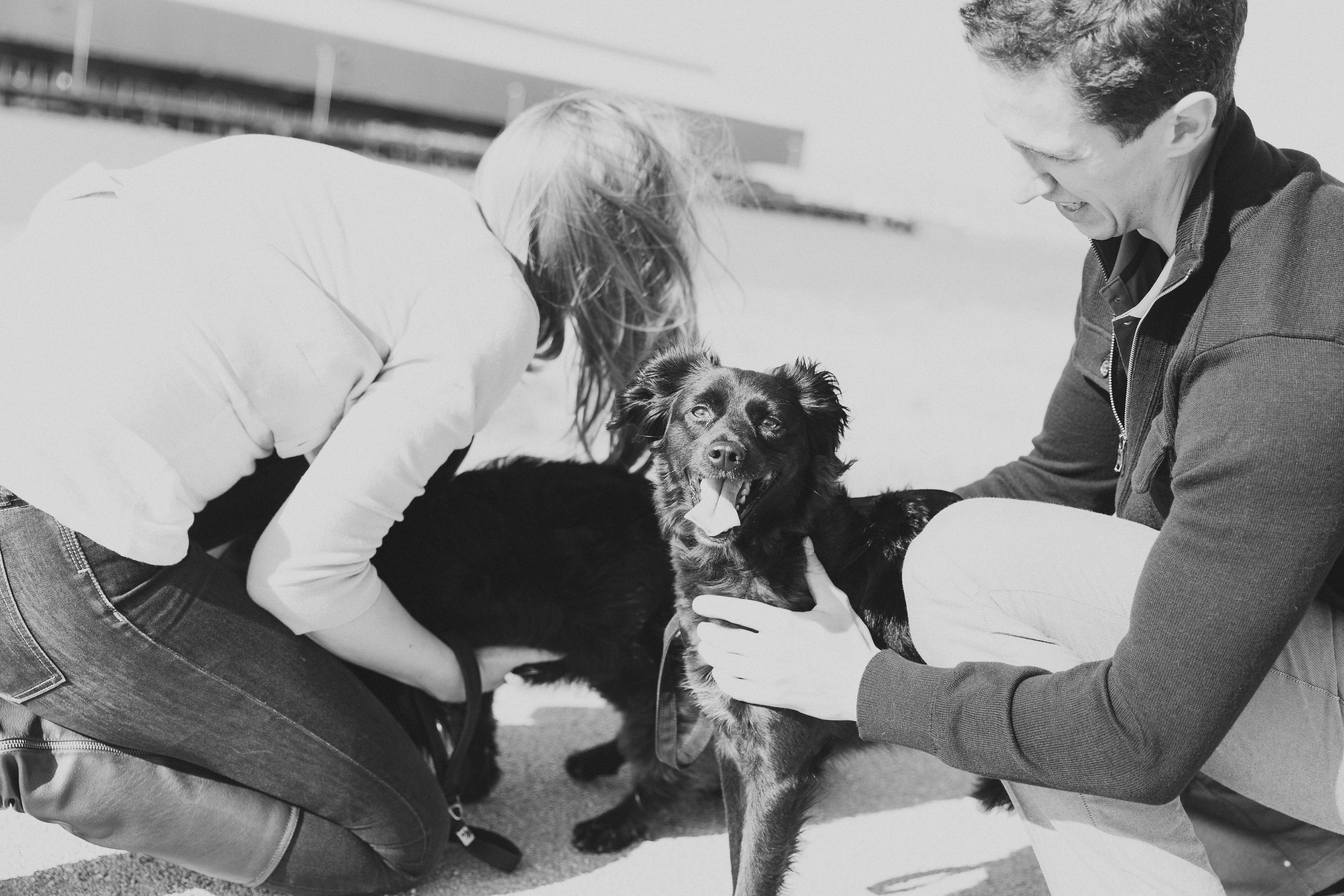Styles of training have shifted dramatically over the years. As people are wanting their dogs to be better trained to join them on outings, trainers are seeing more and more people expecting high end obedience out of their pets to ensure good behavior in public. I absolutely love this! I firmly believe in having dogs be a part of the family system, and raising the standard of dog training helps to make this possible.
As expectations have shifted, and the breadth of knowledge about training is more accessible via the internet, methodology is being more critically looked at by owners seeking out training for their companions. Most recently, the big buzz word in training is “purely positive training”. This system is often perceived to be the ‘nicest’ towards a dog as it focuses on rewarding good behavior and avoiding any form of punishment for the dog. In theory, this form of training is what everyone wants for their dog, and for some dogs, this methodology works fantastically. However, there is no one right way to train a dog, nor does every dog respond well to the same type of training. And is it really that ‘nice’ if the dog is not motivated or understanding what the handler is trying to communicate? Here is where the notion of ‘balanced training’ comes into play.
“Here is where the notion of ‘balanced training’ comes into play.”
Fundamentals and new commands are taught to a dog using as much positive reinforcement as possible. This means, that when a behavior is given that is desired, the dog receives something they find desirable in return (food, toys, praise, etc.). Motivation and a desire to work with the handler are keystones to a strong training program. When we have confidence that the dog understands the behaviors being asked, and chooses to not respond, then it becomes fair to issue a consequence, which can also differ from dog to dog. The ‘consequence’ part of this theory is where many people get hung up. Consequence does not mean harsh punishment. It simply means that you are communicating clearly for your dog what is and isn’t appropriate behavior. For some dogs this might be the removal of a reward, a correction on a collar, or putting the dog into the requested position they did not offer.
Balanced training programs can shift in technique, but the fundamental part of this is how it can be catered to fit the individual dog and handler team. Instead of using a cookie-cutter format and forcing a square into a circular opening, balanced trainers use a variety of skills in order to capitalize on a dog’s strengths while setting boundaries and expectations. The ‘balance’ itself, for me, comes in the finesse of being able to truly build a solid working relationship and line of communication between the dog and the handler that is reliable across all environments.
Read more about Marie on our About page.
If you enjoyed this post, you should read How to Keep Your Dog Comfortable During the 4th of July here.
Please share your thoughts by leaving a comment below-thanks!

